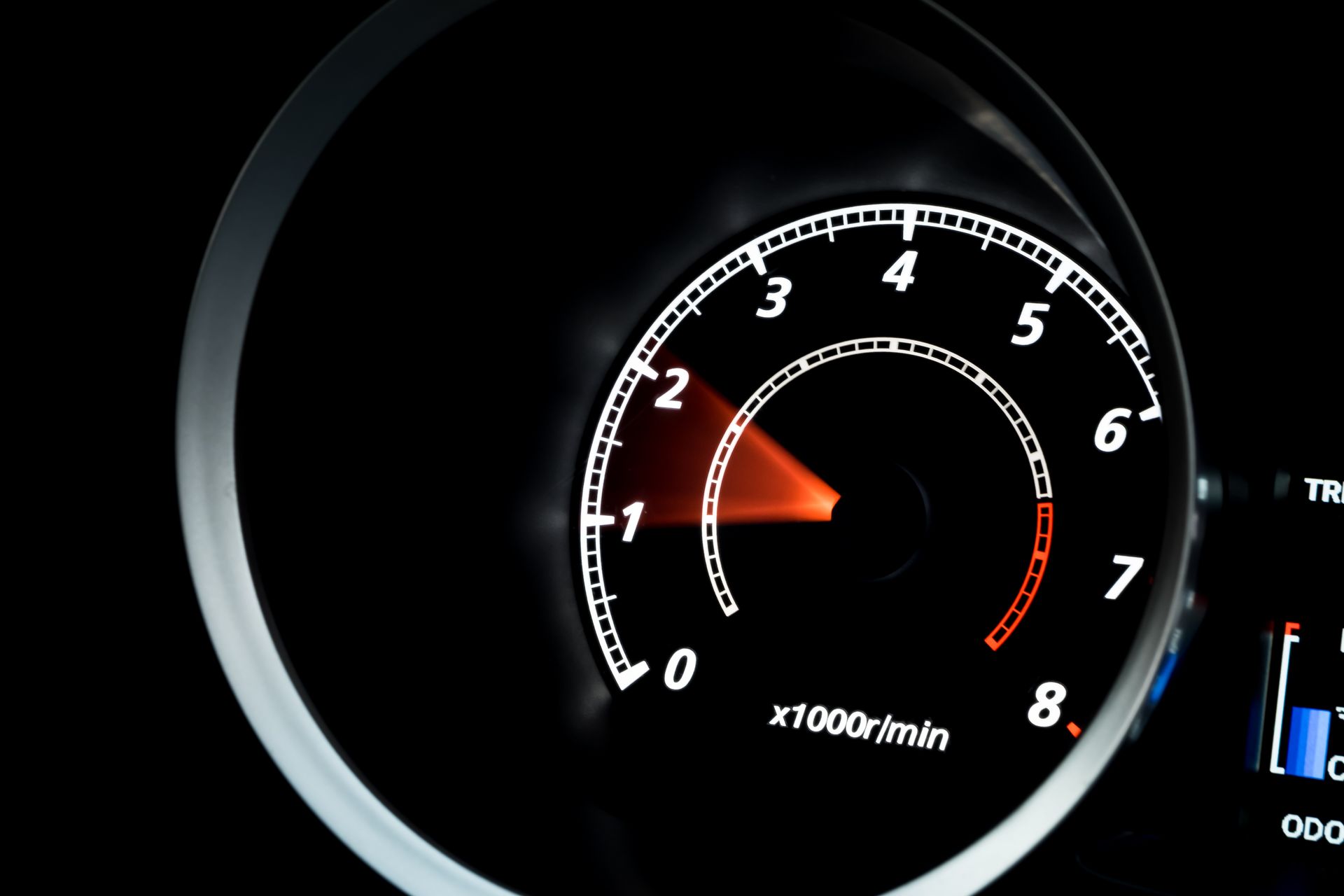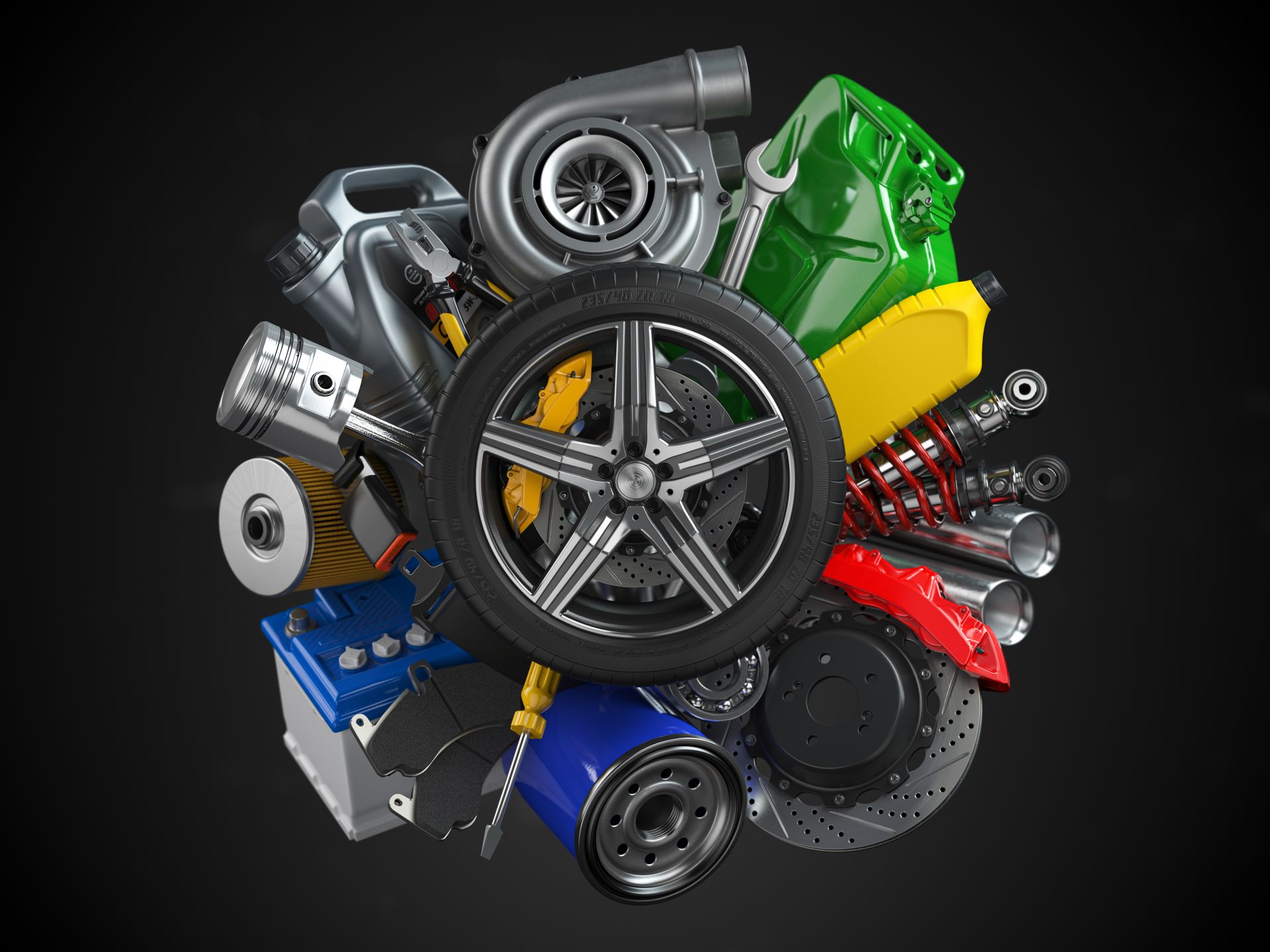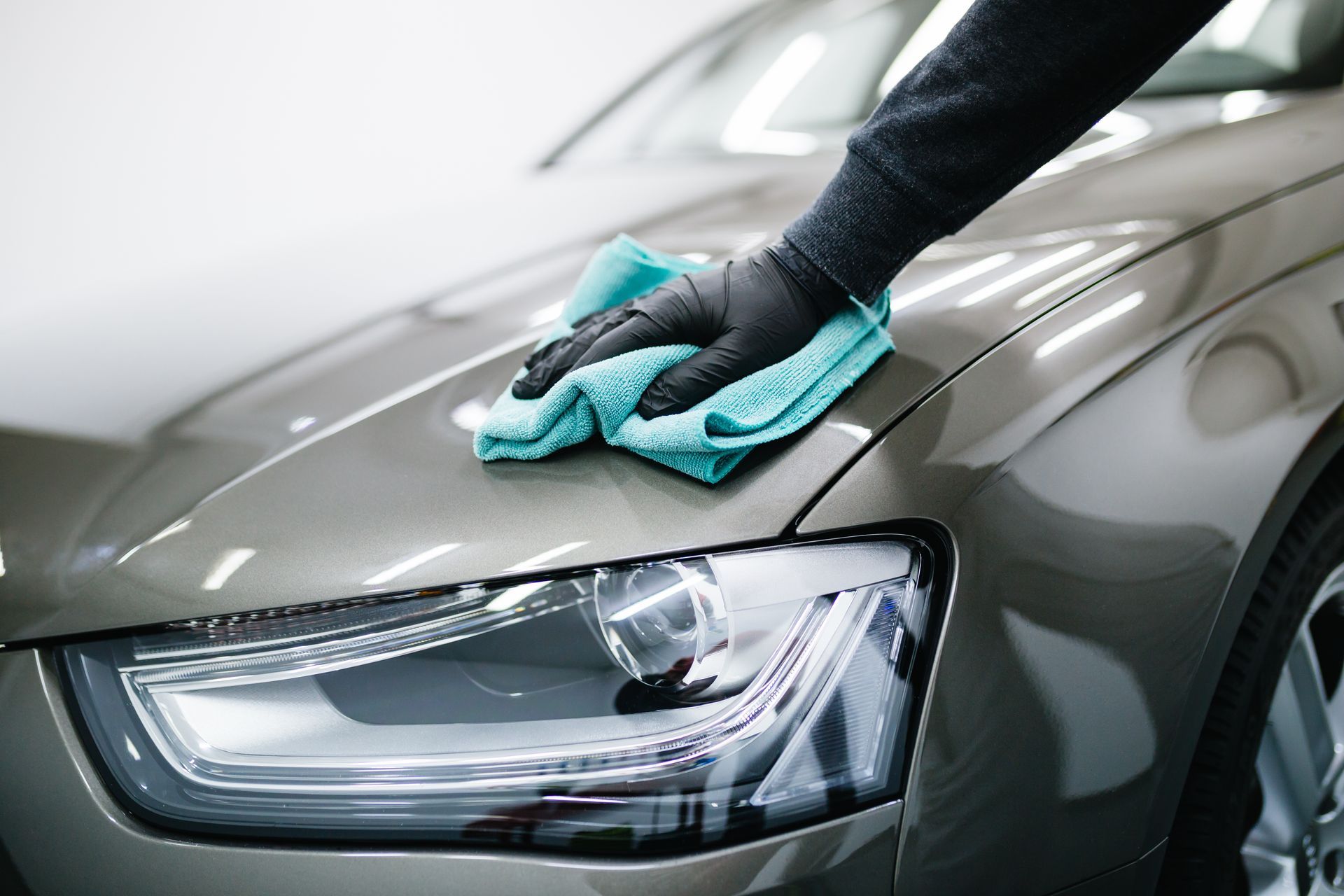Ever wondered how your car handles bumps on the road so effortlessly? It’s all thanks to shock absorbers. These components play a key role in making your driving experience more comfortable and controlled. But how exactly do shock absorbers work, and why are they so important to your car’s performance? Let’s take a closer look at what they do, how they function, and what happens when they start to wear out.
What Are Shock Absorbers
Shock absorbers are a crucial part of your car’s suspension system. Their main job is to absorb and dampen the impact when you drive over uneven surfaces or hit a pothole. Without them, your ride would be extremely uncomfortable, and your vehicle would be much harder to control. Think of shock absorbers as the buffer between the road and your car, reducing the jarring motion that would otherwise be transferred to you and the rest of the vehicle.
Shock absorbers also help keep your tires in constant contact with the road, which is essential for both handling and braking. When they function properly, you’ll experience smoother handling, greater stability, and more effective braking. Simply put, shock absorbers don’t just make your ride more pleasant—they’re a vital part of your car’s overall safety and performance.
How Do Shock Absorbers Work
The basic function of a shock absorber is to control the movement of the suspension. When your car goes over a bump or rough terrain, the springs in the suspension compress and extend. Without shock absorbers, these springs would continue bouncing up and down long after the initial impact, making your ride unstable and uncomfortable.
Shock absorbers work by converting the kinetic energy from the suspension’s movement into heat, which is then dissipated into the surrounding air. Here’s a breakdown of the key components and how they operate:
Hydraulic Fluid and Piston Rod
Inside each shock absorber is a piston that moves up and down in a tube filled with hydraulic fluid. When the suspension compresses or extends, the piston forces this fluid through tiny holes or valves inside the tube. The fluid’s resistance helps control the speed at which the suspension moves, effectively dampening any rapid motions.
Compression and Rebound
Shock absorbers have two primary functions: compression and rebound. Compression occurs when the shock absorber shortens as the suspension absorbs a bump, while rebound happens when the shock absorber extends as the suspension returns to its normal state. The fluid inside the shock absorber resists both of these movements, preventing the suspension from bouncing uncontrollably.
Twin-Tube vs. Mono-Tube Designs
Shock absorbers come in two main types—twin-tube and mono-tube. In twin-tube designs, there are two cylinders, one inside the other. The inner cylinder houses the piston and rod, while the outer one contains the hydraulic fluid.
Mono-tube designs, on the other hand, have a single cylinder that contains both the piston and the fluid. While both designs perform the same function, mono-tube shock absorbers tend to be more responsive and better suited for performance vehicles.
Signs Your Shock Absorbers Might Be Worn Out
Like any car component, shock absorbers wear down over time. The wear and tear can lead to noticeable changes in how your vehicle drives. Here are a few signs that your shock absorbers may need replacing:
Excessive Bouncing
If your car bounces more than usual after hitting a bump or if it sways excessively when turning, it could indicate that the shock absorbers are no longer controlling the suspension effectively.
Longer Stopping Distance
Worn shock absorbers can affect your car’s braking efficiency. You may notice that it takes longer to come to a complete stop, especially on rough or wet roads.
Unusual Tire Wear
Uneven tire wear, such as bald spots, can result from bad shock absorbers. Since the tires aren’t maintaining proper contact with the road, this can cause premature and irregular tire wear.
Fluid Leaks
Shock absorbers rely on hydraulic fluid to function properly. If you notice fluid leaking from your shocks, it’s a sure sign that they need to be inspected and possibly replaced.
Nose Diving or Rear Squatting
When you brake hard, does the front of your car dip excessively, or does the rear squat down when you accelerate? These are telltale signs of worn shocks that are no longer effectively controlling your car’s weight distribution.
The Importance of Regular Shock Absorber Maintenance
Most drivers don’t think about maintaining their shock absorbers regularly, but it’s crucial for ensuring their performance and safety. On average, shock absorbers should be inspected every 50,000 miles or whenever they notice a change in their handling.
Regular inspections will help catch issues before they become severe, saving you from the cost of more significant repairs. A professional mechanic can check your shocks for wear, fluid leaks, or physical damage and recommend replacements if necessary.
Do you notice rough rides or unusual tire wear? It could be your shock absorbers. Stop by
General Automotive Servicenter for a thorough inspection, and let our experienced team keep your car performing at its best. Schedule an appointment today!










